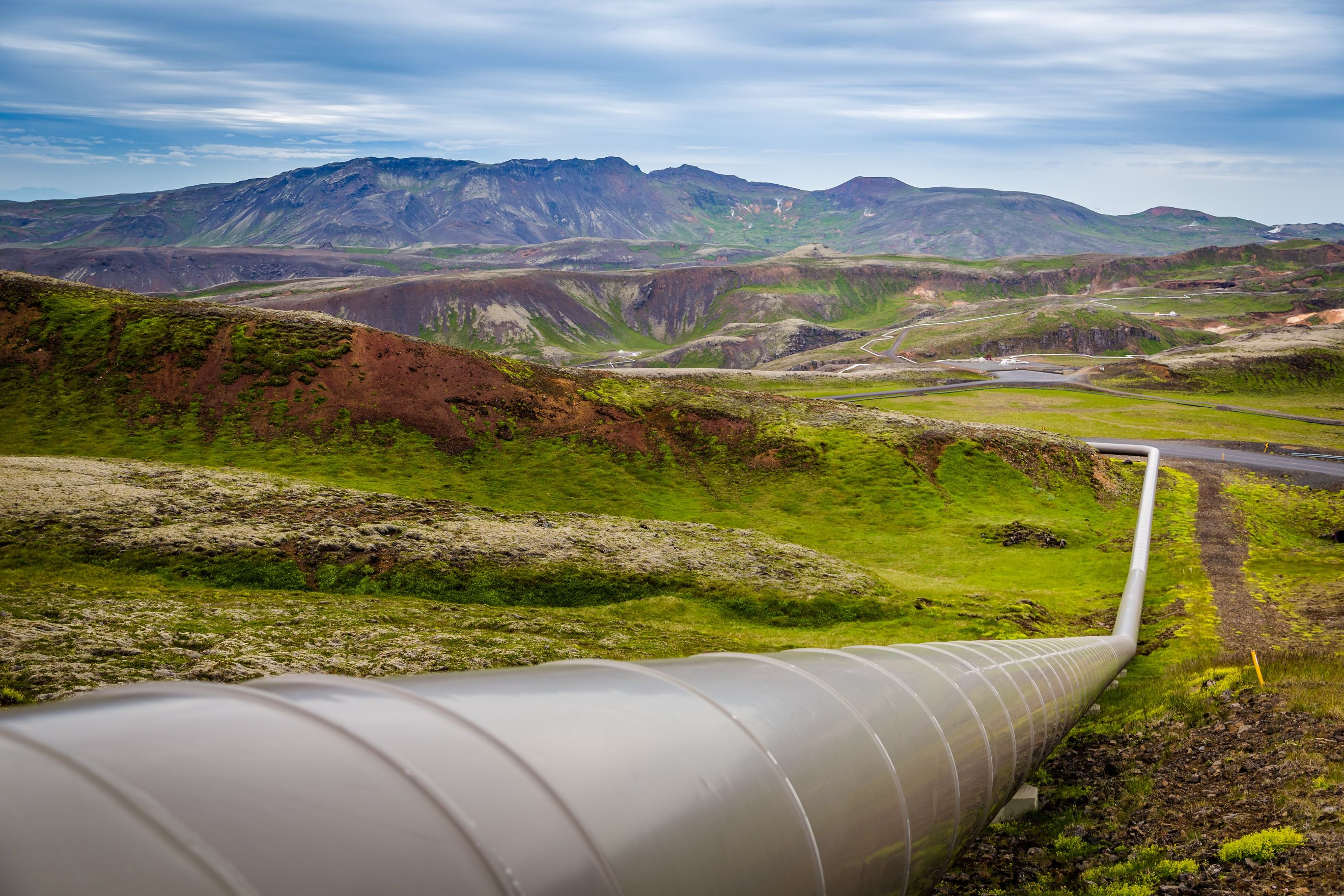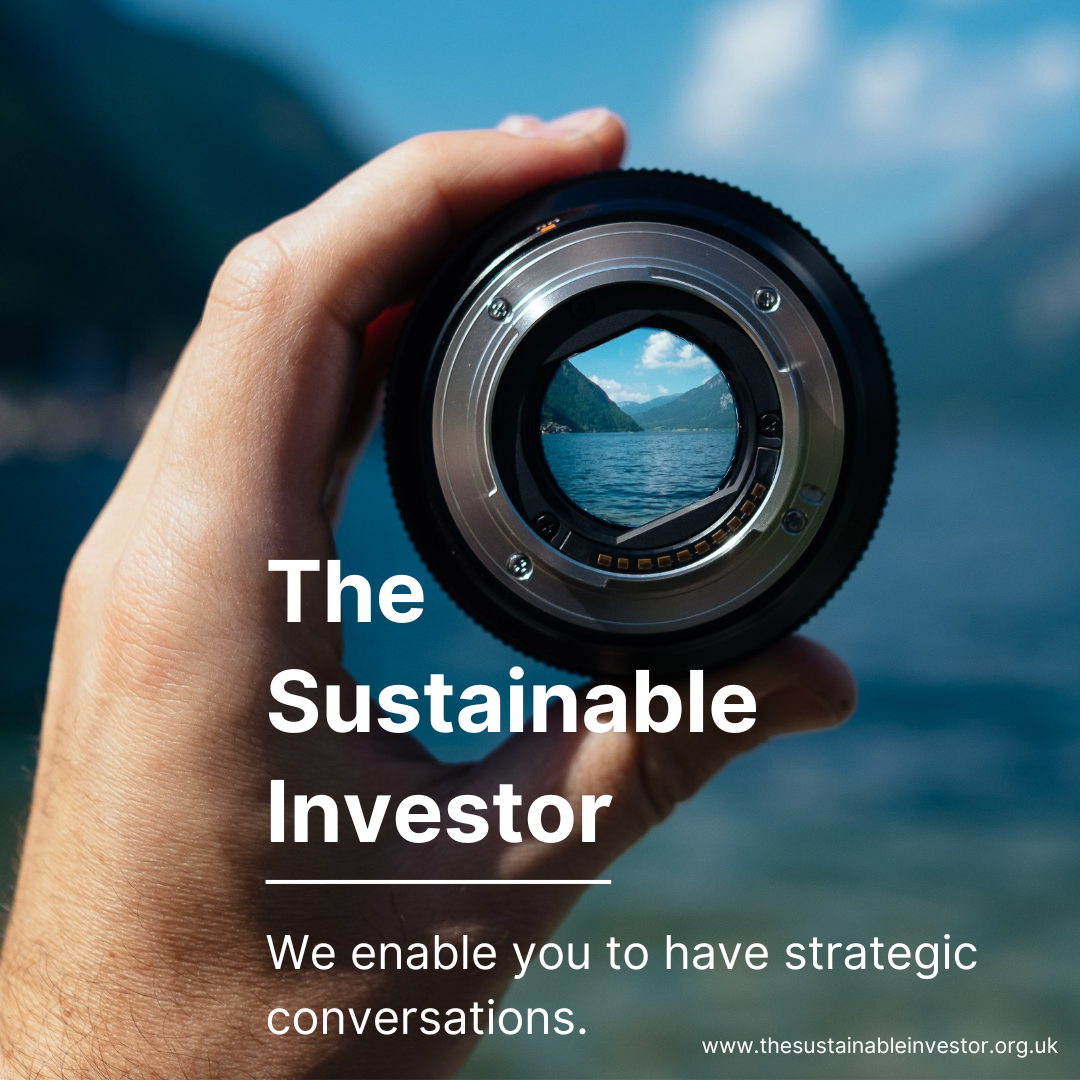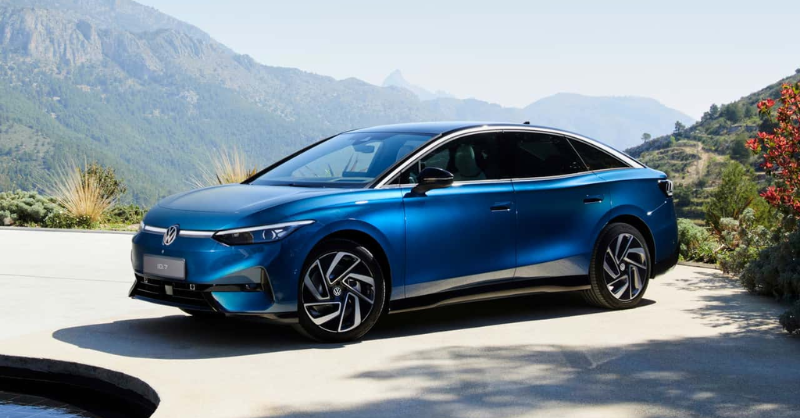
How is Europe responding to the crisis?
Russia's invasion of Ukraine could accelerate the green transition. But only if Europe makes decisions for the long term
Summary: Russia’s invasion of Ukraine has triggered a quick and profound reorientation of energy policy in Europe. Unsurprisingly, the short-term policies include unprecedented measures to diversify gas supply. By contrast longer-term policies have mainly focused on accelerating the green transition. The Russian gas crisis opens the possibility that the region will accelerate its shift to green energy.
Why this is important: Transitioning to greener alternatives is a viable alternative to Europe's energy (fossil fuel) import dependence.
The big theme: Transitioning from fossil fuel use to cleaner alternatives is a really important element of nearly every government’s net zero policy. But in most cases, there is little detail on the “how we will get there”. For investors, this is an important topic. It’s very possible that direct supply suppression (i.e. stopping new oil and gas exploration) at any sort of scale, will turn out to be just too hard. This potentially leaves encouraging the use of greener alternatives as our main transition tool. Aside from the obvious question (when do fossil fuel-based assets become stranded?) it also should lead us to think more about how long greener alternatives might take to reach dominate market shares.

The details
Summary of a story from Bruegel:
Russia’s invasion of Ukraine has triggered a quick and profound reorientation of energy policy in Europe. The aim is to decouple Europe from Russian fossil fuels, while accelerating the green transition. Russia cut about 80% of its gas supplies to Europe during spring and summer 2022, making the reorientation increasingly urgent. Unsurprisingly, the short-term policies include unprecedented measures to diversify gas supply. Several European countries have new gas deals with alternative suppliers of both liquified natural gas (LNG) and pipeline gas, and have started the construction of new gas infrastructure
By contrast longer-term policies have mainly focused on accelerating the green transition, which is seen as a structural response to fix Europe’s over-dependency on fossil-fuel imports. A wide range of longer-term energy policy measures have been announced, from the fast-tracking of renewable energy projects, to an accelerated roll-out of clean-tech solutions including heat pumps and electric mobility.
Why this is important
Transitioning to greener alternatives is a viable alternative to Europe’s energy (fossil fuel) import dependence. But it was always going to need a lot of mid-term government support, through financial incentives and regulation. So far, outside of renewable electricity generation and in EV’s, these have been largely inadequate to drive the sort of change needed. In Europe, the reaction to the Russian gas crisis opens the possibility that the region will accelerate its shift to green energy. Crucial energy policy decisions have largely been taken by individual EU countries at a national level, given that there has been a lack of accord on a common way forward for the region. This can make it tough for investors to keep track, with up to 27 different national plans. It’s this challenge the report helps to overcome.
From a long-term investor perspective, the report highlights two main areas of planned action. These are energy efficiency (the perpetual theme Cinderella) and an acceleration of efforts to roll-out renewable energies and clean tech solutions. On energy efficiency, if the plans are implemented, then the immediate gas saving potential could be 60 bcm by October 2023 and up to 205 bcm a year by 2030 (or about half of 2020’s total gas demand). But then we have all heard this story before. Plans are great, but its implementation that really counts.
On renewables and clean tech, the focus of country level plans is mostly on improving regulation, so site identification, plus fast tracking of authorisations and permitting, combined with extra financial support. Under the Temporary Crisis framework, EU countries will be allowed to set up schemes for investments in renewable energy (ie solar, wind, renewable hydrogen, biogas and biomethane), storage, and renewable heat (including heat pumps). Plus, the framework introduced simplified tender procedures to fast-track the otherwise long permitting process, from construction permits to environmental impact, site identification, assessment, and spatial planning. This part of the plan looks more deliverable.
Something a little more bespoke?
Get in touch if there is a particular topic you would like us to write on. Just for you.
Contact us
Please read: important legal stuff.

